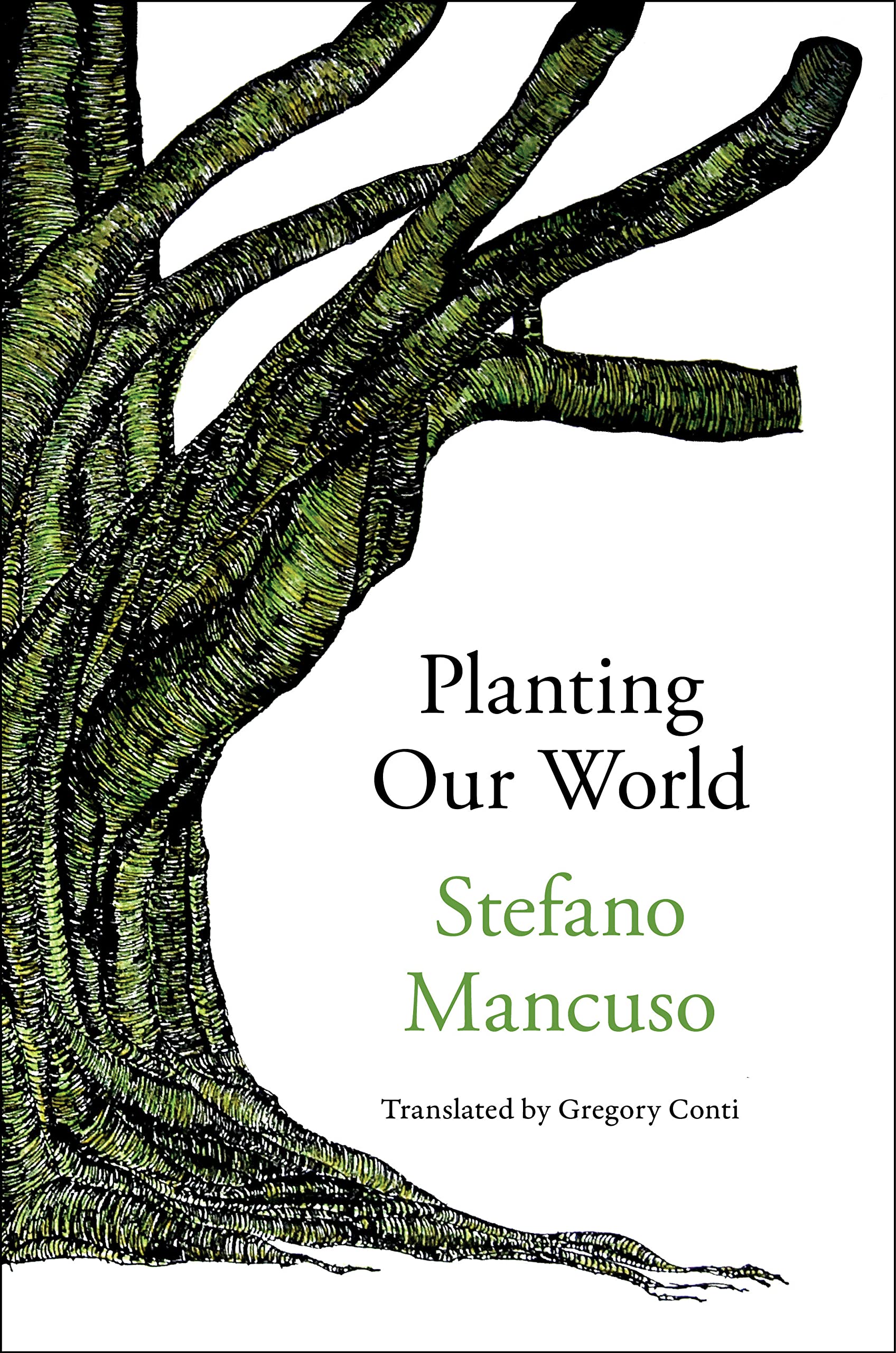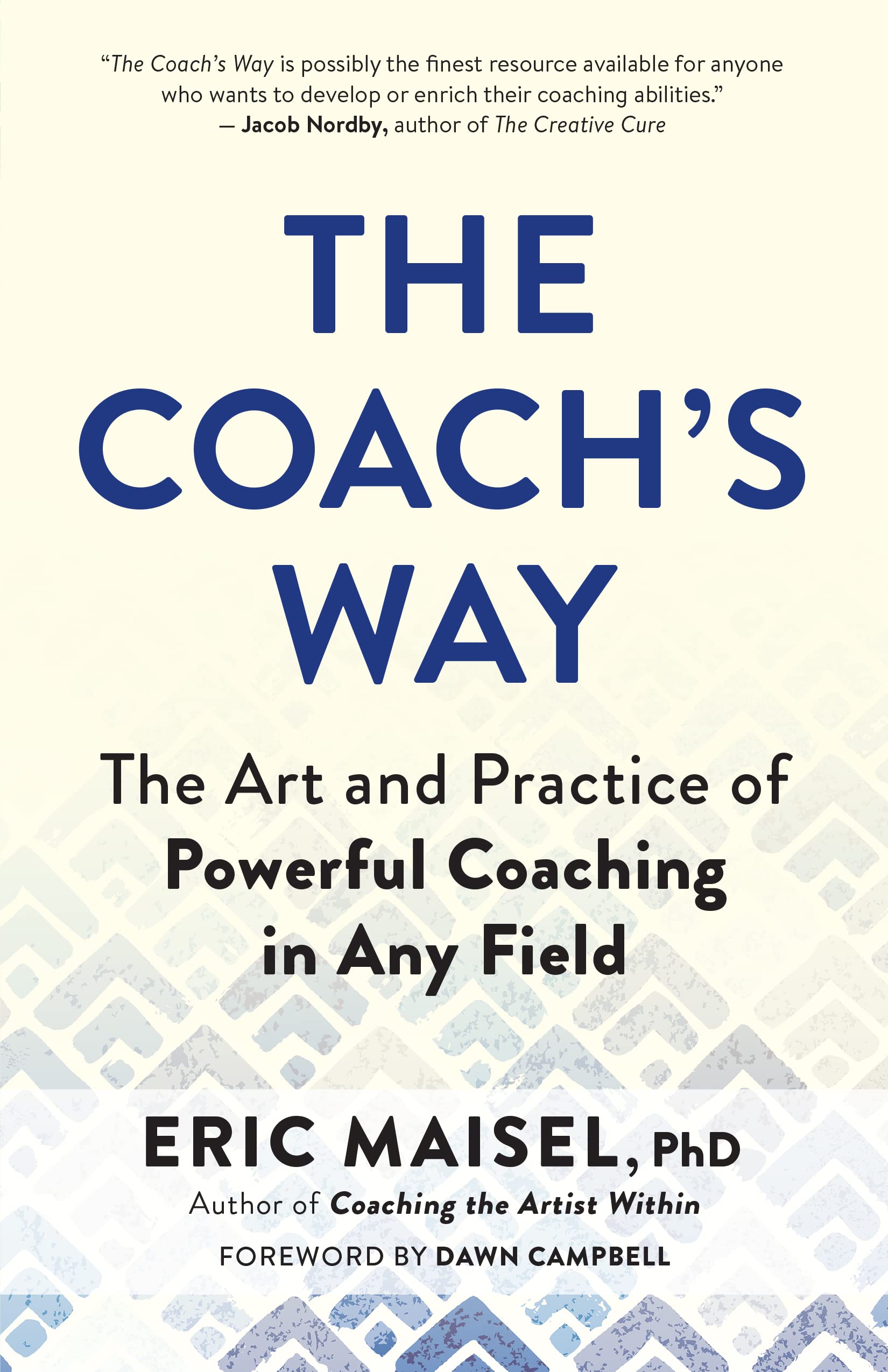Historian and legal scholar Linda Hirshman builds upon her track record in relaying women-centered stories as she chronicles the movement that ended slavery in the United States. The Color of Abolition: How a Printer, a Prophet, and a Contessa Moved a Nation shares the story of the interracial alliance that fueled abolitionist activism in the years leading up to the Civil War. In this page-turner, Hirshman focuses on the significant events and dynamics in the abolitionist movement that brought together journalist William Lloyd Garrison, wealthy financier Maria Weston Chapman, and riveting orator Frederick Douglass.
The Color of Abolition is a must-read for anyone who wants to learn about the interracial alliance that changed the moral course of a nation. Hirshman does an excellent job of providing ample background on key personalities as she draws parallels between abolitionist tactics and the modern-day movement for racial equity. Then as now, Black women played a pivotal role in supporting the movement. The Black church was central to resistance against slavery. Abolitionists used the cutting-edge technology of the time – the printing press – to disseminate fugitive slave narratives in an effort to change hearts and minds.
Well-intentioned White abolitionists worked toward eliminating the mortal sin of slavery from the continent, but challenges remained. Readers and reformers who are well-versed in the history of justice-oriented, multicultural coalitions will recognize the all-too-familiar machinations of White dominance.
Editor's Note: This review was originally published in San Francisco Book Review.



